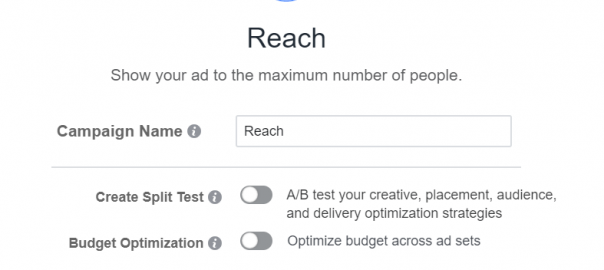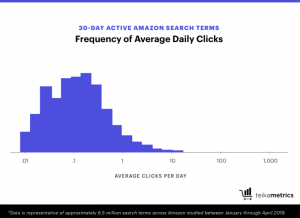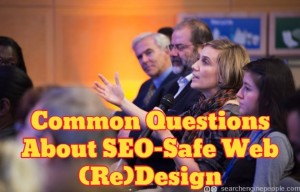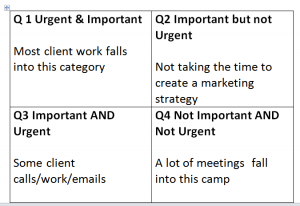— June 27, 2018
When you create a Facebook campaign, one of the first things you need to do, is select a campaign objective.
Campaign objectives determine how Facebook optimizes your campaigns.
If you select the traffic objective for example, Facebook will try to generate as many link clicks as possible. With the video views objective, you will receive video views for the lowest price.
Facebook has a lot of data on its users and their optimization process is highly effective.
Because of this, it’s really important that you select the right campaign objective. Doing so can halve or more the cost of your desired event.
Here’s the list of campaign objectives:
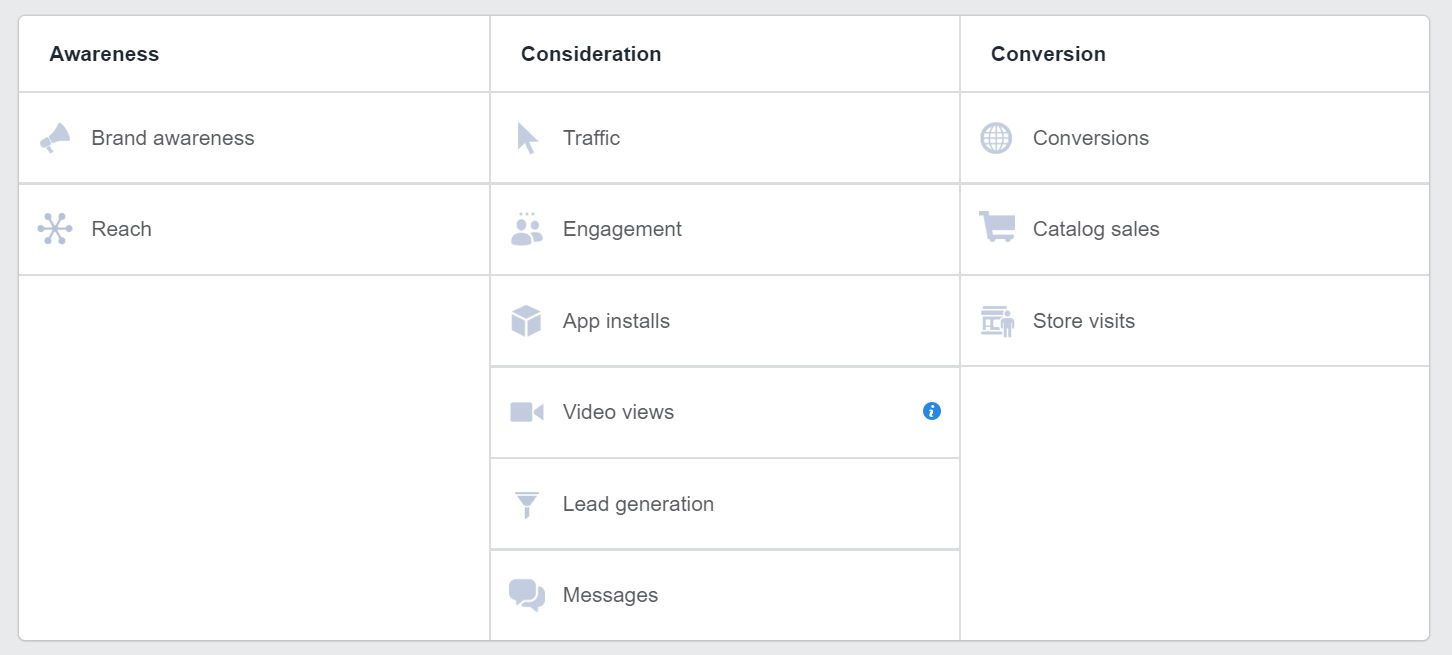
As you can see, Facebook splits the objectives into 3 categories: Awareness, Consideration and Conversion.
The 3 categories represent a different part of the sale process. Awareness is top of funnel, Consideration is middle of funnel and Conversion is bottom of funnel.
As the majority of Facebook advertisers are looking for short term results, they often skip straight to Consideration or Conversion.
But unless you’re advertising to warm audiences, this might not be the best approach.
Why Awareness Matters
Facebook is an interruption advertising platform.
Unlike platforms such as Google AdWords, there is no buyers’ intent and users are not looking to buy anything. Because of that, it can be very difficult to generate sales from cold audiences.
Facebook users will be much more receptive to your ads if they have already interacted with your company on Facebook. Interaction could be consuming a piece of content, liking you business page, or a number of other activities.
Using the Awareness objectives can help you generate those interactions quickly and for a low cost.
Brand Awareness Objective
When you create a campaign using the Brand Awareness objective, Facebook will serve your ads to people that are most likely to recall them.
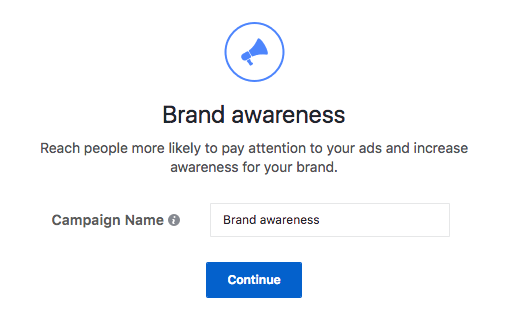
Exactly how Facebook works out who will recall your ads isn’t obvious, and I very much doubt it’s an exact science.
Facebook are most likely correlating engagement with recall. The people that engage with your ads or spend a lot of time watching/reading them, are more likely to remember them.
That recall is obviously very important.
A cold audience doesn’t become a warm audience just because you’ve advertised a piece of content to them. They need to remember the content or your brand.
No matter how Facebook calculate recall, this campaign objective can be very effective.
Depending on the industry, I often recommend that people dedicate at least 10% of their total Facebook ad budget to promoting high quality content using brand awareness campaigns.
Over time, that can make Consideration and Conversion campaigns much more effective.
Reach Objective
Facebook’s reach objective works quite differently and is very straightforward.
Selecting the reach objective tells Facebook that you want as many people as possible to see your ad.
Of course, the people being served your ad still fall within the targeting criteria that you set. But a larger percentage of that target audience will see your ads.
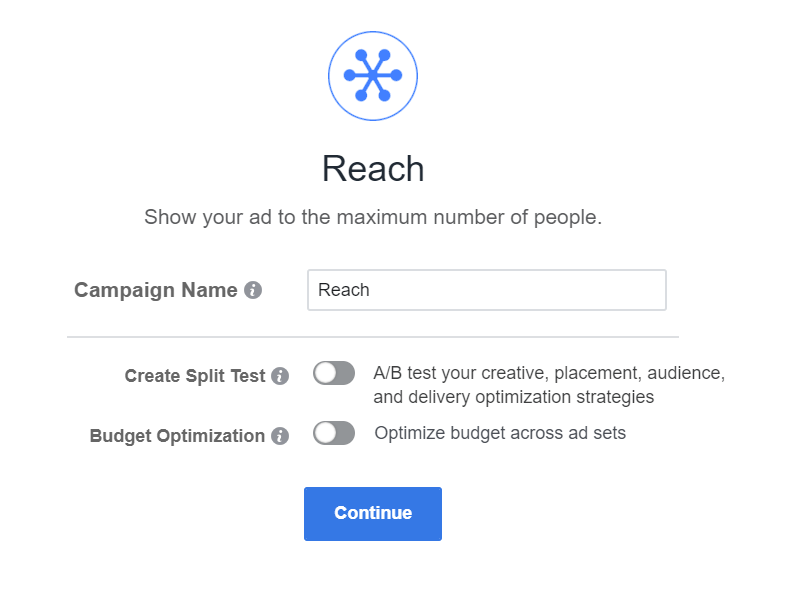
Not many advertisers are aware of this, but Facebook will not usually put your ad in front of as many people as possible.
Instead, they will put your ad in front of people that their algorithms predict are most likely to take your desired action.
If you create a conversions campaign for example, Facebook will put your ad in front of people they think are most likely to convert.
This optimization process is great and really helps improve all our results. But it can significantly decrease your reach.
Often the people that are most likely to convert, aren’t the cheapest to advertise to. Which means you’ll burn through your budget much faster.
And if Facebook’s algorithms have concluded that 10% of your target audience is most likely to convert, the vast majority of your ad budget will be spent on those people. Even if that means showing them your ads multiple times.
Because of that, there are times when you would be better off using the reach objective.
Local businesses, or those that have small audiences, need a high percentage of their target market to see the ads.
Anyone running a timely offer could also benefit from using the reach objective. If you’re advertising a holiday discount sale for example, it’s important that you make as many people aware of it as possible, in a short time-frame.
Your Experience
How have these two awareness ad objectives performed for you? Have they outperformed the alternatives? Or are you not a big fan?
Let us know in the comments section.
Digital & Social Articles on Business 2 Community
(103)
